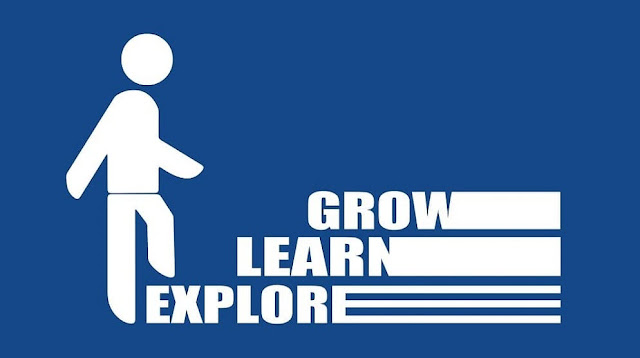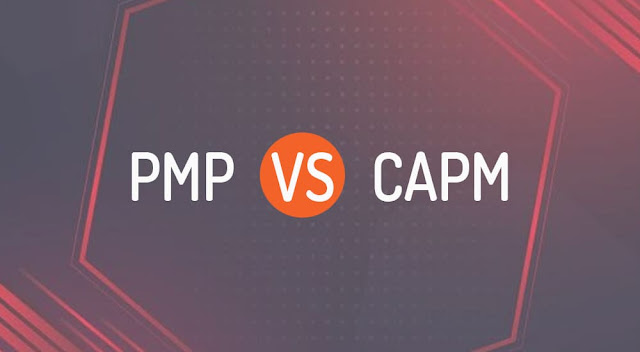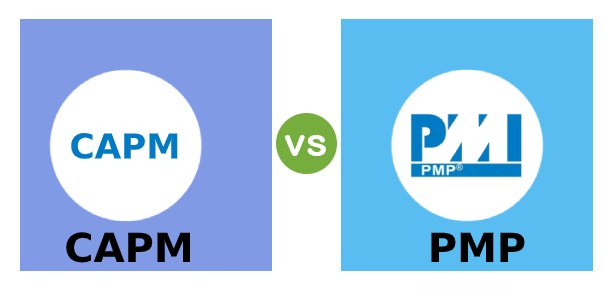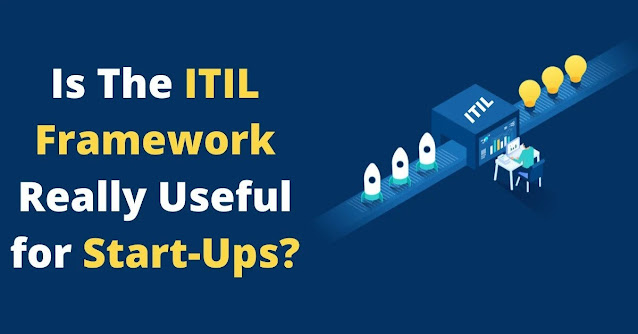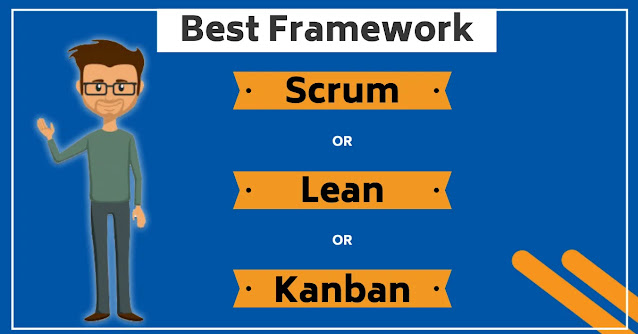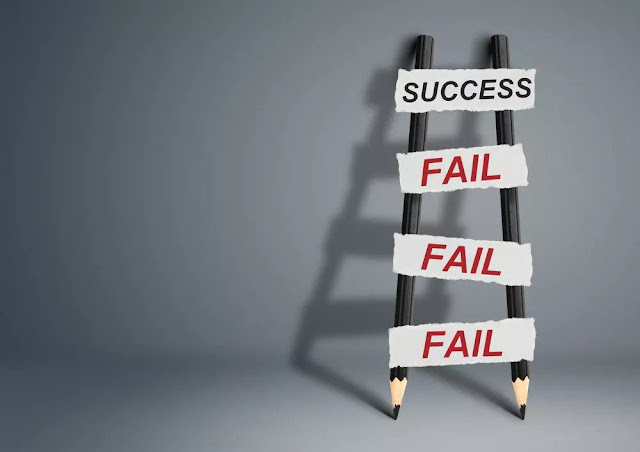Today we will discuss the “program” in project management and program management. These are essential concepts, and you must know these terms and how they differ from the project, project management, portfolio, and portfolio management.
Let’s start with an example.
Assume the government has floated two construction projects. The first project is the construction of group housing, and the other one is to construct premium villas. The duration of both projects is one year.
The group housing is for lower grade employees, while the villas are for diplomats and political guests.
Let us say you have won these two individual projects.
So, how will you manage these projects?
Will you manage them separately or group them together and manage them together?
The answer is you will manage both projects under a program.
What is a Program?
Managing more than one similar project under a single umbrella for better management and efficient resource utilization is called a program.
Grouping similar projects will provide better flexibility, higher negotiation power in procurement, and better resource control.
Programs let you manage activities in a coordinated manner to achieve benefits that would not be achieved when those projects are managed individually.
Typically, projects are unique, temporary, and close after they achieve their objective. However, a program is not completed until all projects, and subsidiary programs have delivered their intended program benefits.
Examples of a Program
I have given an example of a program in the introduction. But to make it more clear, I am providing you with two more program examples.
Let us say your organization got two projects. The first project is constructing a private office building, and the other project is from the state government to build a primary school building.
How will you manage these two projects?
You will manage them under a program because although they are different projects, both are construction projects. It is not necessary for projects under a program to be from the same client. The client can be different, but the project should be similar.
Now, let us discuss another program example.
Your organization has received two projects from an insurance company to design two software programs for health insurance. The software programs are for individual and group insurance.
You will manage these projects under a program as they are similar.
Program Management
Managing programs under a centralized, coordinated way to achieve strategic objectives is called program management.
Program management provides better control for multiple projects, which cannot be achieved by managing them separately. Program management encourages better coordination among projects and limits conflicts.
Examples of Program Management
The examples discussed while defining a program will be managed through program management.
- In the construction projects example, you can merge both projects and manage them under a program to get a discount in material procurement and effectively utilize and share the resources.
- In the example of insurance projects, as the functionality is about insurance, resources will similar, so managing them together will save effort, resources, and time.
Types of Programs
There are different types of programs with different strategic objectives. In general, projects with specific strategic objectives are grouped for greater effectiveness.
Let’s have a look at different types of programs.
Visionary Programs
Visionary programs are driven by organizations to achieve their objectives. These kinds of projects typically follow a top-down approach with requirements coming from top management, as they are closely related to the organization’s strategic objectives.
Emerging Programs
In emerging programs, a range of projects are started with similar goals, and then a program structure evolves to bring all of these projects together. A program manager is asked to create a collaboration among these multiple projects.
Compliance Programs
If projects are initiated because of changes in government rules, regulations, or policies, they fall under compliance projects. Such projects are grouped with the objective to avoid penalties and stay in business.
Program Manager
The person who is responsible for managing projects under a program is called the program manager. The program manager focuses on coordinating multiple projects within the program to align with the strategic objectives of the program, whereas the project manager manages individual projects.
Objectives for the Program Manager
- The program manager’s goal is to utilize resources effectively, manage interdependencies among projects, and resolve constraints and conflicts.
- The program manager resolves issues at the program level, manages change requests, and allocates the budget across projects within the program.
- Project managers will work with the program manager to ensure project management documents are aligned with program documents.
- The ultimate goal of a program manager is to ensure benefits are realized and strategic objectives are achieved.
Responsibilities of a Program Manager
A program manager’s responsibilities include but not limited to:
• Define outcomes of the program’s components and effective communication
• Monitor benefits realization of program components
• Lead and coordinate program activities
• Proactively assess and respond to risks of the program
• Resolve scope, schedule, cost, quality, resource, and risk issues within a shared governance structure
• Tailor program management activities and processes to address cultural, socioeconomic, political, and environmental differences in the program.
• Interact with the project or other program managers to provide support and guidance for program activities
• Interact with portfolio managers for resources and prioritization of programs.
Program Management Performance Domains
The program manager manages programs by taking action in five interrelated and interdependent Program Management Performance domains. These domains run simultaneously and interact with each other throughout the program duration.
1. Program Strategy Alignment
2. Program Benefits Management
3. Program Stakeholder Engagement
4. Program Governance
5. Program Life Cycle Management
#1. Program Strategy Alignment
Program Strategy Alignment is a performance domain that identifies outcomes to provide benefits that are aligned with the organization’s strategic goals and objectives. This domain has three important documents: business case, program charter, and program roadmap.
Business Case
Organizations build strategies to define how they will achieve their vision. For this, they develop a program business case that has a cost-benefit analysis to ensure the cost spent on the program will provide benefits.
Program Charter
Upon the development of the business case, a steering committee authorizes a program by issuing a program charter that defines the scope and purpose of a program and high-level risks and constraints.
Program Roadmap
There will be a program roadmap for the program manager, which is a chronological representation of the program’s intended direction and a graphical representation of dependencies between major milestones and decision points that reflect the linkage between the business strategy and program.
#2. Program Benefits Management
Program Benefits Management is a performance domain that identifies, analyzes, plans, and delivers the benefits provided by the program. The program manager employs Program Benefits Management to continually identify and assess the value and impact of program benefits.
Benefits Identification
Here you analyze available information about organizational and business strategies to identify and quantify the benefits which are documented in the Benefits Register. The Benefits Register contains a list of planned benefits for the program and is used to measure and communicate the delivery of benefits throughout the duration of the program.
Benefits Analysis and Planning
In this phase, you develop a program benefits plan, baseline it, and communicate with all stakeholders. This baseline plan contains the benefits metrics and framework which are used to monitor and control the benefits within the program.
Benefits Delivery
This phase ensures that the program delivers the expected benefits as defined in the benefits management plan. As the program progresses, some risks will occur, while others may not occur. You may also identify new risks. In all cases, you will update the Benefits Register with the associated benefits.
#3. Program Stakeholder Engagement
Program Stakeholder Engagement is a performance domain that identifies and analyzes stakeholder needs, plans and manages expectations, and communicates with them to get their support.
Stakeholder Identification
This phase identifies all stakeholders and documents them in the stakeholder register. This register lists the stakeholders and categorizes their relationship in the program and other attributes that the Program Manager can use to influence them.
Stakeholder Analysis
Once all key stakeholders are identified, they are categorized for further analysis. The categorization highlights differences in their needs, expectations, or influence. One of the most well-known models used for stakeholder analysis is a power-interest grid, and for larger programs, a stakeholder map is created to visually represent all stakeholders’ current and desired support and influence.
Stakeholder Engagement Planning, Engagement, and Communication
This activity outlines how all program stakeholders are engaged throughout the program. In this phase, the stakeholder register and stakeholder map are analyzed, and this results in a stakeholder engagement plan. This will be used for effective engagement and communication of key stakeholders throughout the program.
#4. Program Governance
Program Governance is a performance domain that enables and performs program decision-making, establishes practices to support the program, and maintains program oversight.
Governance Practices
The governance framework of the program is documented in the Program Governance plan, which could be a standalone document or sub-section of the program management plan. The purpose of this plan is to monitor, manage, and support the program. This plan is referenced throughout the program to ensure the program is conforming to the established governance expectations, as agreed.
Governance Roles
Establishing a collaboration between individuals responsible for program governance and program management is critical to the success of programs.
Program managers also need to collaborate with the governance board to resolve any issues that arise due to conflict. Commonly used program governance roles are Program Sponsor, Program Governance Board, Program Management Office (PMO), Program Manager, and Project Manager.
Governance Design and Implementation
Program Governance begins with the identification of governance participants and the establishment of governance practices. Then a proper design of program governance will be created and implemented.
#5. Program Life Cycle Management
Program Life Cycle Management is a performance domain that manages program activities required to facilitate the program definition phase, its delivery, and closure.
Program Life Cycle
Programs function similarly to projects. The program life cycle has activities similar to the project life cycle. However, the program has activities that involve the coordination and sequencing of multiple projects.
Programs often last multiple years. However, regardless of duration, they have the same life cycle and have three phases.
Program Definition Phase: This phase will authorize the program and develop the program roadmap required to achieve results. As part of the program definition, program business cases and the program charter are created. Once approved, a program management plan is developed.
Program Delivery Phase: This phase consists of activities performed to achieve the benefits of the program in accordance with the program management plan. Individual components (projects) are initiated, planned, executed, transitioned, and closed, while benefits are delivered, transitioned, and sustained.
Program Closure Phase: This phase includes the program activities necessary to transition the program benefits to the sustaining organization and formally close the program in a controlled manner. During program closure, the program is transitioned and closed or terminated early, or work is transitioned to another program.
Program Activities and Integration Management
Program management refers to the alignment of various components to achieve planned program goals. The practices applied help to optimize the costs, schedules, and efforts of individual components to gain control and deliver maximum benefit at the program level, which might not be achieved independently at the component level.
All work performed in a program for the purpose of overall program management is called program activities.
Program Integration Management is a core activity that occurs across the entire program life cycle. It includes activities needed to identify, define, combine, unify and coordinate multiple components into the program.
Mapping of Program Management Life Cycle Phases to Supporting Activities as per PMI
Let’s take a look at Program Change Management. This activity has many sub-activities. Each sub-activity has inputs and outputs.
A program life cycle has three phases:
In the Program Definition phase, there can be Change Management activities like assessing the change (Program Change Assessment) and planning the changes (Program Change Management Planning).
In the Program Delivery phase, monitoring and controlling of change management is done (Program Change Monitoring and Controlling).
In the Program Closure phase, there are no sub-activities of Program Change Management.
Agile Program Management
Program management in Agile has the same goal to achieve strategic benefits for the organization, though the roles and work environment are different in Agile.
Like traditional program management, the program’s objective is to be achieved as per the Program Vision Statement. A Program Product Backlog is created as an output of Program Vision which is then prioritized and is called Prioritized Program Backlog. The Prioritized Program Backlog incorporates the Prioritized Product Backlogs for all the projects in the program. The Prioritized Program Backlog meeting is conducted at two to six months intervals.
Scaling Agile for the Enterprise
The below processes are followed to scale Agile for the enterprise.
Create Program Components: With the company vision statement, user stories are created in this phase.
Review and Update Scrum Guidance Body: Scrum Guidance Body regulations are updated by taking regulations and inputs of scrum guidance body members, which are recommended for the programs.
Create and Groom Program Backlog: Considering inputs of the program vision statement, prioritized program backlog, standards, and inputs of the Product Owner and Scrum Master, the Program Backlog is refined, risks are identified, and personas are created, and deadlines for implementation of projects are updated.
Coordinate Program Components: With inputs like user story DONE definition, known dependencies, prioritized program backlog, and potentially shippable deliverables from projects, impediment logs are updated along with dependencies by using meetings like a scrum of scrum (SoS).
Retrospect Program Releases: Using Retrospect Program meetings, agreed actionable improvements are documented by assigning items and due dates for each item.
There are different roles in the Program Management of Agile. The core roles are Program Product Owner, Program Scrum Master, and the team (dev, testers, and other stakeholders of the projects).
Program Product Owner
The Program Product Owner defines the strategic objectives and priorities of the program. A Program Product Owner is responsible for maximizing business value for a program by clearly articulating customer requirements and maintaining business justification for the program. The Program Product Owner also manages the Program Product Backlog.
The Program Product Owner is also involved in appointing Product Owners for individual projects and ensuring that the vision, objectives, outcomes, and releases of the individual projects align with those of the program.
Program Scrum Master
The Program Scrum Master is a facilitator who ensures that all project teams in the program are provided with an environment conducive to completing their projects successfully. The Program Scrum Master guide facilitates and teaches Scrum practices to everyone involved in the program.
They provide guidance to Scrum Masters of individual projects; clear impediments for the different project teams; coordinate with the Scrum Guidance Body to define objectives related to quality, government regulations, security, and other key organizational parameters; and ensure that Scrum processes are being effectively followed throughout the program.
Let’s not discuss Agile concepts in detail; instead, we will review some key differences for Agile Program Management.
Change Management in Agile Program Management
1. It is not recommended to make changes in between two Program Backlog Meetings.
2. If the change is minor, the Program Product Owner should secure approval from the relevant stakeholders (e.g., sponsor, customer, and end-user) and the Portfolio Product Owner and then add the requirements to the Program Backlog. Product Owners for the project will consider those requirements to include in future Sprints.
3. If the change is major, the program efforts along with associated projects and Sprints need to stop, and a Prioritized Product Backlog Meeting should be conducted to determine the next steps.
4. Program Prioritized Product Backlog Meetings (also referred to as Program Backlog Meetings), should preferably be conducted at two to six-month intervals. The frequency and impact of changes to a program largely determine the time duration between two Program Backlog Meetings. If there are several expected changes in the program, it is preferable to conduct Program Backlog Meetings at more regular intervals (e.g., 2 to 3 months).
Risk Management in Agile Program Management
The project manager identifies issues, risks, and dependencies that might impact other program components and brings them to the attention of the program manager. Additionally, the program manager monitors and addresses issues and risks that might impact program performance or benefits delivery and which cannot be addressed at the individual project level.
1. When program risks are identified, the Program Product Owner should enter them in the program Risk Adjusted Prioritized Product Backlog, assess the proximity, probability, and impact of each identified risk, prioritize it, and determine the responses for programs.
2. The Program Product Owner will also need to communicate the risks to relevant stakeholders and the project teams. Sometimes, the program team must assume ownership of specific risks.
How is Program Management Different from Portfolio Management?
Projects (also called Components) that don’t share common goals or complement each other but share only common sources of support, technology, or stakeholders are managed under a Portfolio rather than as a Program.
Source: pmstudycircle.com


